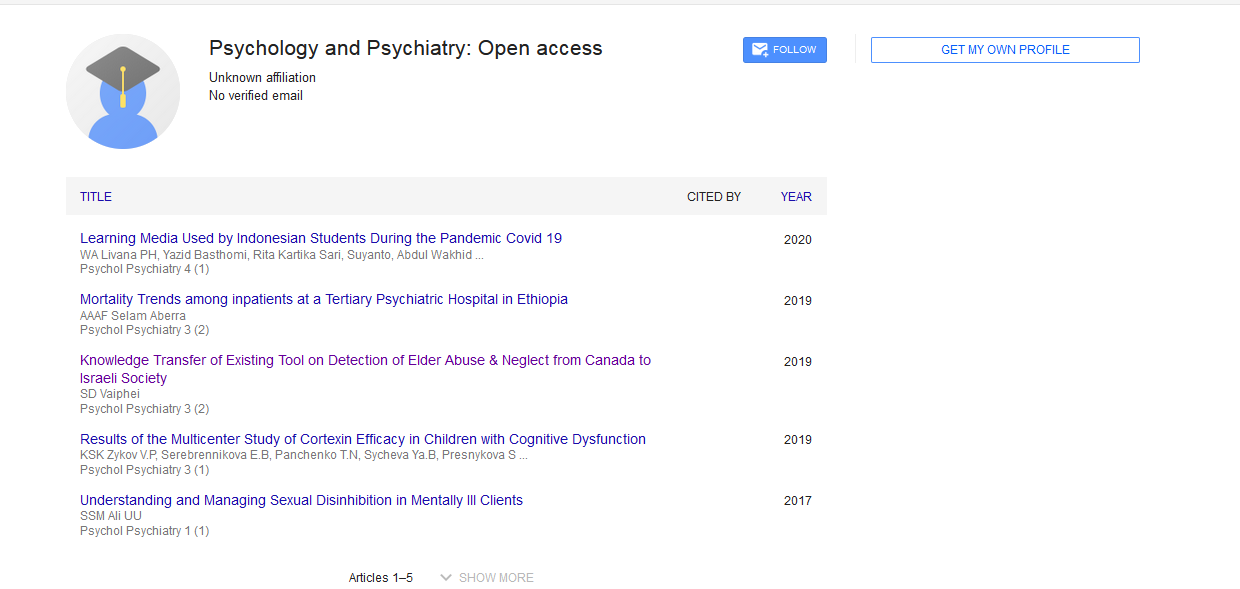Concordance of Self-Report and Performance-Based Measures of Function and Differences between Clinic and Home among Wheelchair Users
*Corresponding Author:
Copyright: © 2020 . This is an open-access article distributed under the terms of the Creative Commons Attribution License, which permits unrestricted use, distribution, and reproduction in any medium, provided the original author and source are credited.
Abstract
Objective: The main objective of this study was to investigate concordance and differences among self-report and performance-based measures for wheelchair users. Method: The Functioning Everyday with a Wheelchair (FEW); a self-report measure, the FEW-Capacity (FEW-C); a perfor-mance-based measure for the clinic and the FEW-Performance (FEW-P) that measures clients’ skills in the home were the measures used in this study. We examined the concordance of the FEW and the FEW-C with the FEW-P as the criterion measure, and investigat¬ed the differences between the FEW-C and the FEW-P at pretest and posttest following the provision of a new wheeled mobility and seating device. Results: Our results suggested that the FEW-C was most concor-dant with the FEW-P for majority of the items compared to the FEW. At both pretest and posttest, for most of the tasks, the FEW-C and FEW-P were comparable suggesting that the environment may have a neutral effect. However, at posttest, the clients’ safety scores for the outdoor mobility task and the clients’ quality scores for the Per¬sonal Care task improved significantly suggesting that the standard supportive environment of the clinic may have enabling effect on ac¬tivity performance. Conclusion: Clinically, rehabilitation clinicians may get a more ac¬curate estimation of functional performance in the home from a clinic assessment, and they are cautioned that the inclusion of self-report assessment and data obtained from clients’ perceptions may be dis¬crepant with actual performance. We also concluded that the impact of the environment on activity performance of wheelchair users can be neutral or enabling depending on time of assessment and tasks being assessed.

 Spanish
Spanish  Chinese
Chinese  Russian
Russian  German
German  French
French  Japanese
Japanese  Portuguese
Portuguese  Hindi
Hindi 